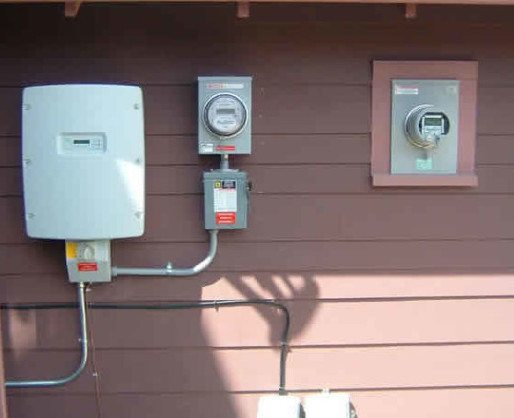
The solar industry is calling for clarity on revisions to standards for integrated DC isolators, with a large number of inverter brands set to be made effectively non-compliant due to changes to safety and certification requirements.
The changes have been ahead of mandatory inverter re-listings due to apply from mid-December, but some manufacturers are warning that it will be impossible for their product to be tested and certified by that time, meaning either delays in installations, or added costs to find a workaround.
It’s a complex situation but it could have major impacts on both equipment suppliers and solar companies with large inventories of stock. Under the updated rules for DC isolators that we wrote about earlier this week, all products need to be re-tested, re-certified and re-listed according to the AS 60947.3 Standard.
This applies even if they had already been approved for use under the equivalent International Electrotechnical Commission standard. This updated requirement coincides with the implementation of AS/NZS 4777.2:2020, that calls up DC isolator compliance.
According to industry insiders, having DC isolators tested to AS 60947.3 will be very difficult to do, largely because there is currently nowhere in Australia or anywhere else in the world carrying out testing or certification to the newly revised Australian standard – at least not yet.
“If new certificates are needed, then it will be almost impossible for manufacturers to get their inverters with integrated DC isolators recertified in time to meet the 18 December 2021 commencement date for AS/NZS 4777.2:2020,” said the Clean Energy Council in a newsletter to members this week.
“The key decision the industry needs from ERAC [the Electrical Regulatory Authorities Council] is whether certificates obtained prior to the administrative changes to DC isolator certification requirements can still be used for compliance with [the new Australian standard].
“[These] decisions by electrical safety regulators will determine whether recent administrative changes to DC isolator certification requirements derail the introduction of the new AS/NZS 4777.2:2020 inverter standard,” the CEC said.
The changes to the rules around DC isolators for PV inverters follow 2018 amendments to AS/NZS 5033 that made it possible to use an isolator integrated into an inverter without the need for additional adjacent DC isolators.
According CEC tech team’s Michael O’Shaughnessy, this was considered a win for the industry, resulting in fewer points of failure, fewer enclosures exposed to potential water ingress, and the ability for the isolator fit off to be done very precisely, enclosed in the IP-rated case of the inverter.
This approach has been embraced by inverter manufacturers and even highlighted as the preferred option for residential solar systems in some jurisdictions in Australia, such as Victoria. But the change to certification rules throws a last-minute spanner in the works.
While it doesn’t mean inverters with outdated certification can’t be installed at all, it does make their integrated isolator efffectively redundant, and requires the installation of an external DC isolator adjacent to the inverter, until the updated certification for the internal unit can be provided.
James Sturch from SolarEdge said that while the 2018 rule change to AS/NZS 5033 had incentivised the integration of DC isolators into inverters, the rules around safety testing and compliance had seemingly changed overnight, leaving very few inverters able to be fully up to standard come December 18.
“The process has been very hard to navigate and understand,” Sturch told One Step Off The Grid. “Overnight they have removed that ability to test and certify integrated DC isolators and in affect deemed every current DC Isolator listed with ERAC to be non-compliant.
“[The Australian] standard means that every single inverter, and wall mounted DC isolator to be installed as part of a system in Australia needs to be retested and recertified, but once the test lab has been pre-approved as an accredited testing facility by ERAC … and that is going to create a really huge backlog for CEC listings,” he said.
[Editor’s note: Solar Edge inverters do not have a DC isolator built in, so remain fully complaint and are not currently facing any of the issues addressed directly.]
The new certification rules come as part of a suite of inverter and DC isolation changes across both AS/NZS 4777.2:2020 and the latest revision to AS/NZS 5033 – many of them positive, including the removal of the requirement for the mandatory installation of rooftop DC isolators.
Like the changes allowing for the integrated DC isolators, this is largely being seen as a big win for the residential rooftop solar industry, removing a step in the installation process considered by to introduced unnecessary complexity and offer negligible safety benefits in return.
You can read about the changes to rules on rooftop DC isolators on One Step here.

Sophie is editor of One Step Off The Grid and deputy editor of its sister site, Renew Economy. Sophie has been writing about clean energy for more than a decade.


